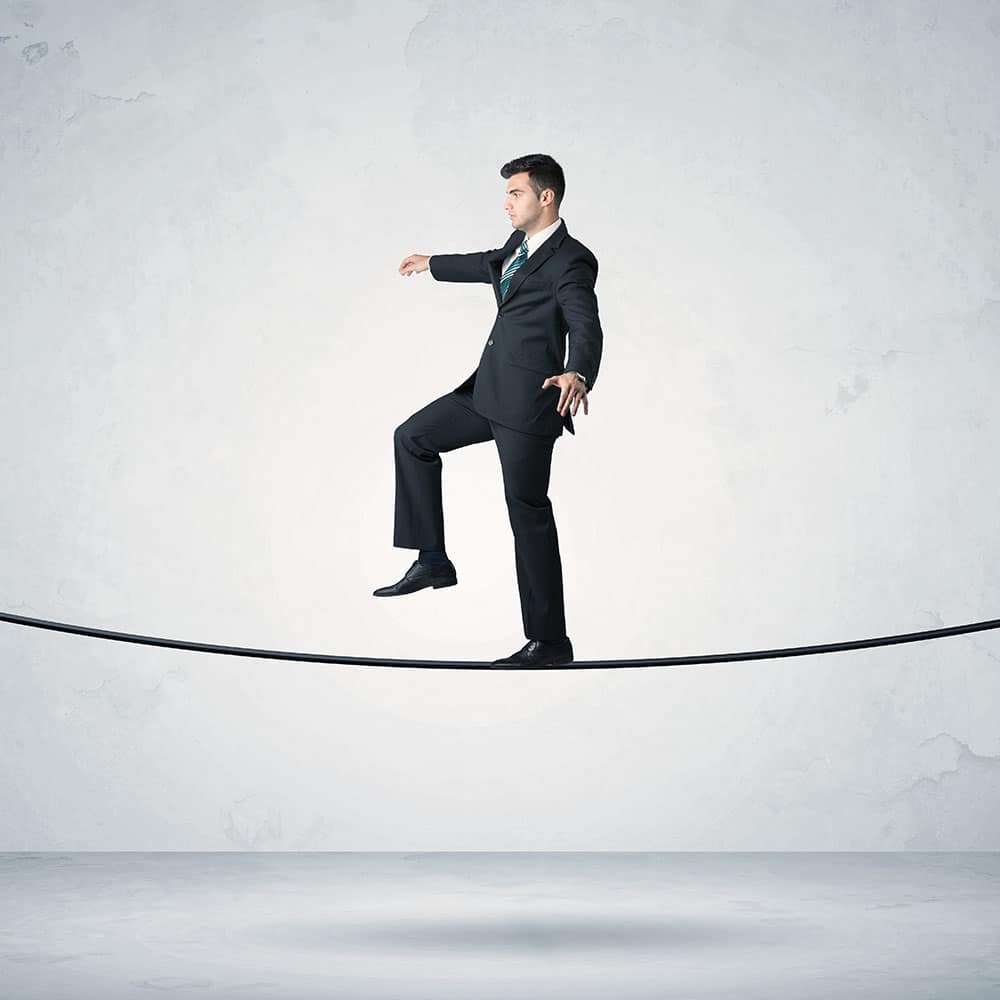World Health and A4M have been following gait problems for years in terms of the way balance effect falling and the progression of aging. The role of the American Academy of Anti-Aging Medicine is to support investigators in their goal of attenuation and/or reversing some of the aging process.
The study, funded by the National Institute of Neurological Disease and Stroke, was published this week in Scientific Reports. Senior author and researcher Jose Luis Contreras-Vidal is the professor of electrical and computer engineering at University of Houston’s Noninvasive Brain-Machine Interface System Laboratory. He is also the site director of the BRAIN Center (Building Reliable Advances and Innovation in Neurotechnology), a National Science Foundation Industry/University Cooperative Research Center. His team’s studies are the first to prove that using an interface between a proprietary computer program and a human brain depicting another person walking (avatar) may help balance patients improve gait and return to normal walking following spinal cord or other injury or cerebral vascular injury (stroke). He says that this is the first to involve humans, even though other studies on other primates have been perform previously.
Contreras-Vidal and researchers performed the study by using three trials with 80 healthy graduate students in the UH Department of Electrical and Computer Engineering to provide baseline data. The subjects walked on a treadmill while watching the avatar on a large screen in order to provide increased visual input while wearing a 64-channel EEG skull cap in addition to sensors on ankle, knee and hip joints. The non-invasive brain monitoring helped determine what parts of the brain are involved in walking. They then created an algorithm for a computer-brain interface.
His team wrote. “Voluntary control of movements is crucial for motor learning and physical rehabilitation,” “Our results suggest the possible benefits of using a closed-loop EEG-based BCI-VR (brain-computer interface-virtual reality) system in inducing voluntary control of human gait.” Up till this point, no one had researched whether a computer assisted algorithm and avatar might actually be effective in promoting better gait, balance and stability.
The subject was connected to the computer via the skull cap and sensors so that the interface caused the avatar on the screen to mimic the subject. The study reported increased activity in the posterior parietal cortex and the inferior parietal lobe, as well as the anterior cingulate cortex; all of which are involved in motor memory. Eventually the subject was actually able to control the avatar with their own brain although much less accurately. Future studies will likely be more accurate as software and interfaces improve. Contreras-Vidal said, “It’s like learning to use a new tool or sport,” he said. “You have to understand how the tool works. The brain needs time to learn that.” The subject of Contreras-Vidal upcoming Ph.D. dissertation is the use of this protocol with actual patients. “The appeal of brain-machine interface is that it places the user at the center of the therapy,” Contreras-Vidal said. “They have to be engaged, because they are in control.”




